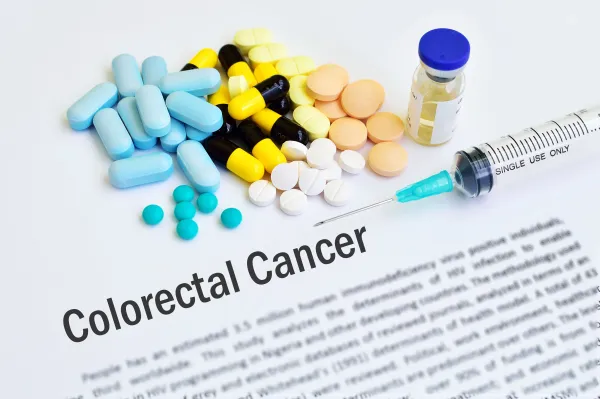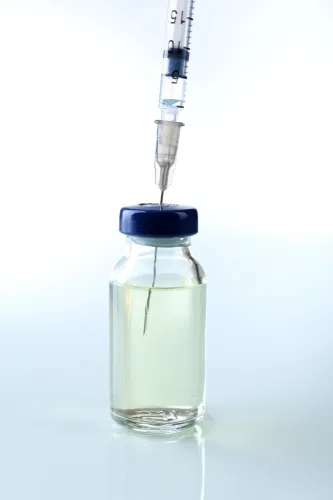Clear Your Confusion over Common Coding Instructions for Drug Administration

Read the following three common confusing scenarios to built rightful claims.
CMS and the AMA haven’t made major changes to CPT® coding or billing guidelines for drug administration services in recent years, but that doesn’t mean everyone understands how to correctly report the care. Inconsistent or conflicting guidelines and descriptors can still present challenges to coders and providers alike. Read on for the scoop on how you can successfully report three common scenarios.
Know When New Modifiers Might Apply
One of the recent changes from CMS which has caused confusion among coders is the addition of four new subsets of modifier 59 (Distinct procedural service). CMS announced the new options in August 2014, which are collectively referred to as the -X{EPSU} modifiers. They are:
CMS said to use these more specific modifiers in place of modifier -59, when appropriate, but did not delete modifier -59. In the transmittal, CMS noted that CPT® guidelines state that modifier -59 should not be used when a more descriptive modifier is available.
In January 2015, CMS released MLN Matters® article SE1503 to note that even though the -X{EPSU} modifiers are active, providers can continue to use modifier -59 in all instances they previously correctly reported it. This instruction has really confused the coders.
Interpretation: Possibly this directive means that providers should use the -X{EPSU} modifiers when the options are very clear. For example, you would use -XE when reporting drug administration services provided at separate encounters. However, it would be prudent to use modifier -59 when you are not sure whether to choose -XU or -XP.
Example 1: A patient comes to your clinic in the morning for an infusion, leaves the facility, and then returns in the evening for a subsequent infusion. In the past, you would have coded both services with an initial service infusion code and appended modifier -59 to the second infusion code to signify two separate encounters. But now with the new modifiers, you can be more specific with -XE modifier to indicate that separate encounters occurred on the same date of service.
Example 2: Sometimes the physician provides drug administration services in two vascular access sites, with documented medical necessity for each site, during a single encounter.
Earlier, you would have reported two initial services, one with modifier -59 appended. Now, you have -XS which indicates procedures performed on a separate organ/structure. However, the description of modifier -XS does not include the phrase “separate site” – which can raise questions in coders’ minds.
The modifier -XS most likely does encompass different sites but to use it without any hesitation, it should be clearly mentioned in the description of the modifier.
Ideally, CMS will release additional guidance with specific examples showcasing how the new modifiers should be used, especially modifiers -XP and -XU, so you can apply them appropriately. As of now since there is no clear mandatory guidance from CMS as to when to use these subsets in lieu of modifier -59, the providers need to decide internally when to choose the original modifier versus one from its subset.
Feedback: It may be good idea to contact NCCI and CMS via the email address given in SE1503 and submit specific questions and request examples for how to use the new modifiers. This may urge CMS to release for more specific and clear guidance on the -X{EPSU}s.
Eliminate Your Confusion with Differentiating Infusions and Pushes
Injections and infusions can be some of the most difficult and confusing situations for coders to understand and report appropriately. This is particularly true with long-duration IV pushes.
The following codes may be used when an infusion lasts for 15 minutes or less:
A frequent question among coders is whether a push that takes a “long time,” such as more than 15 minutes, can be reported as an infusion.
An intravenous (IV) push is defined by CPT® as: “(a) an injection in which the healthcare professional who administers the substance/drug is continuously present to administer the injection and observe the patient, or (b) an infusion of 15 minutes or less.”
Answer: The CPT® definition does not indicate that a long-duration push can be reported as anything other than a push. On the contrary, this definition indicates even if an IV push takes a while to administer, it still needs to be reported as a push. To add to the confusion, while providers need to document a stop time for infusions, they do not need to document the time for a push. So a push remains a push even if it takes some time to administer.
Coding drug administration services that cross the midnight line can be difficult, but not impossible to tackle when you understand CMS directives.
For example, a patient comes to the ED at 11 p.m. on Oct. 22 and is given intravenous hydration that continues until 6:30 a.m. on Oct. 23. The patient also receives one IV push of morphine through the same site at 11:20 p.m. on Oct. 22 and another at 2 a.m. on Oct. 23.
Fortunately, CMS released Transmittal 1702 to clarify its policy for these instances, stating:
Drug administration services are to be reported with a line item date of service on the day they are provided. In addition, only one initial drug administration service is to be reported per vascular access site per encounter, including during an encounter where observation services span more than one calendar day.
Here’s how to report the scenario:
If the encounter spans more than one calendar day, as with an observation patient, you would only report that initial drug administration service one time on the date it actually occurred. Then you would have the additional add-on codes reported on the date they occurred.
For the above scenario, coders should report:
Since the hydration is given continuously, no stop times would be documented as bags are changed. Instead, when the nurse needs to replace the bag of hydration solution, it should be documented as "continuous."




